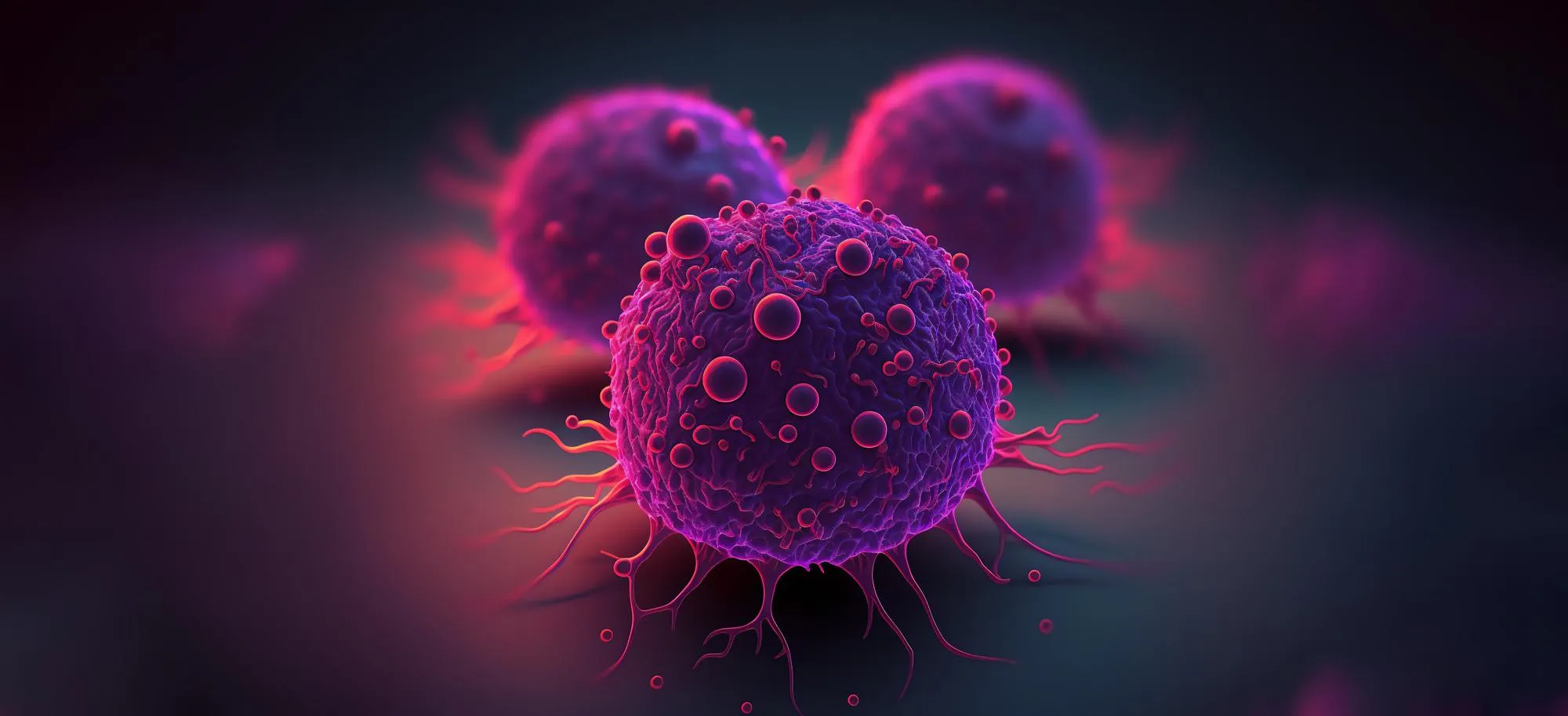A landmark study published in “Analytica Chimica Acta” brings new hope to the field of cancer diagnostics by significantly reducing false positives in the identification of Circulating Tumor Cells (CTCs). The study, entitled “Minimizing false positives for CTC identification,” provides a detailed analysis of how improved immunocytochemistry and flow cytometry methods can enhance the accuracy of CTC detection, a pivotal step in early cancer diagnosis and patient monitoring.
Cancer is a notorious killer, mercilessly claiming lives across the globe with metastasis at the core of its lethal prowess. Tracking its journey, CTCs enter the bloodstream from primary tumors, offering a real-time snapshot of tumor evolution and heterogeneity. Isolating and correctly identifying CTCs is thus pivotal for pinpointing cancer’s presence well before traditional markers become detectable. However, accurately discerning CTCs from among billions of blood cells has stood as a daunting challenge, complicated by white blood cells which can masquerade as CTCs, leading to false positive results.
The study’s lead authors, Adriana A. Carneiro, and Paulina Piairo from the International Iberian Nanotechnology Laboratory, together with their colleagues, tackled the specificity problem head-on. Typical CTC detection hinges on the presence of cytokeratin, a marker found abundantly in epithelial-derived cells, and the absence of CD45, an antigen predominantly found on white blood cells. The conundrum arises because some white blood cells, particularly certain granulocytes, can express cytokeratin nonspecifically and exhibit low CD45 expression, thus being erroneously identified as CTCs in assays.
To combat this issue, the study presents a dual-filter methodology where CD15, a granulocyte marker, was used in conjunction with a highly specific CD45 antibody. This double exclusion strategy proved to be a game-changer, plummeting false positives from a troubling 25% to a mere 0.2%. What’s more, the refined selection of cytokeratin antibodies played a critical role in completely sidelining potential false positives, setting the stage for a more nuanced and effectively error-free CTC classification.
The improved detection methodology could be a significant turning point in cancer diagnostics. CTCs, due to their prognostic and diagnostic potential, are instrumental for non-invasive ‘liquid biopsies,’ which allow for cancer detection and management without the need for surgical tissue biopsies. Such advancements could revolutionize treatment and post-treatment monitoring, providing clinicians with timely information to make informed decisions on therapeutic strategies, evaluating treatment efficacy, and detecting early signs of relapse.
Flow cytometry served as the cornerstone of the team’s success, enabling them to authenticate the CD15 antibody’s specificity in targeting the granulocyte subpopulation. Not only does this minimize diagnostic inaccuracies, but it also underscores the importance of choosing high-performing antibodies and elucidates the benefits of including secondary exclusion biomarkers.
The international research team, spearheaded by the proficient co-authorship from the International Iberian Nanotechnology Laboratory and other institutions, presents a study imbued with practical and clinical significance. Published with the DOI: 10.1016/j.aca.2023.342165, the article is a beacon of meticulous research and collaborative effort aimed at refining CTC assays and bolstering cancer diagnostics and treatment pathways.
The study openly discusses the association of the authors with the RUBYchip™ technology, ensuring transparency regarding possible competing interests. The authors note the commercial interest in the technology and its exclusive licensing to RUBYnanomed Lda., revealing a probable conflict of interest that readers and stakeholders should be aware of. Nevertheless, it’s a giant leap forward in minimizing false positives that have long plagued CTC detection.
In conclusion, the thorough work of Carneiro, Piairo, and their team demonstrates the possibility of not just better but near-perfect accuracy in CTC identification, playing an instrumental role in painting a clearer picture of metastatic cancer’s behavior. It’s a promising stride forward as researchers, oncologists, and patients continue their collective combat against one of humanity’s deadliest foes, armed with sharper tools to outmaneuver it.
References
1. Carneiro, A. A., Piairo, P., et al. (2024). Minimizing false positives for CTC identification. Analytica Chimica Acta, 1288, 342165. doi: 10.1016/j.aca.2023.342165
2. Alix-Panabières, C., & Pantel, K. (2014). Challenges in circulating tumour cell research. Nature Reviews Cancer, 14(9), 623-631. doi: 10.1038/nrc3820
3. Plaks, V., Koopman, C. D., & Werb, Z. (2013). Circulating Tumor Cells. Science, 341(6151), 1186-1188. doi: 10.1126/science.1235226
4. Yu, M., Stott, S., Toner, M., Maheswaran, S., & Haber, D. A. (2011). Circulating tumor cells: approaches to isolation and characterization. The Journal of Cell Biology, 192(3), 373-382. doi: 10.1083/jcb.201010021
5. Allard, W. J., Matera, J., Miller, M. C., Repollet, M., Connelly, M. C., Rao, C., … & Terstappen, L. W. M. M. (2004). Tumor cells circulate in the peripheral blood of all major carcinomas but not in healthy subjects or patients with nonmalignant diseases. Clinical Cancer Research, 10(20), 6897-6904. doi: 10.1158/1078-0432.CCR-04-0378
Keywords
1. Circulating Tumor Cells
2. CTC identification
3. False positive minimization
4. Cancer diagnostics
5. Immunocytochemistry accuracy
